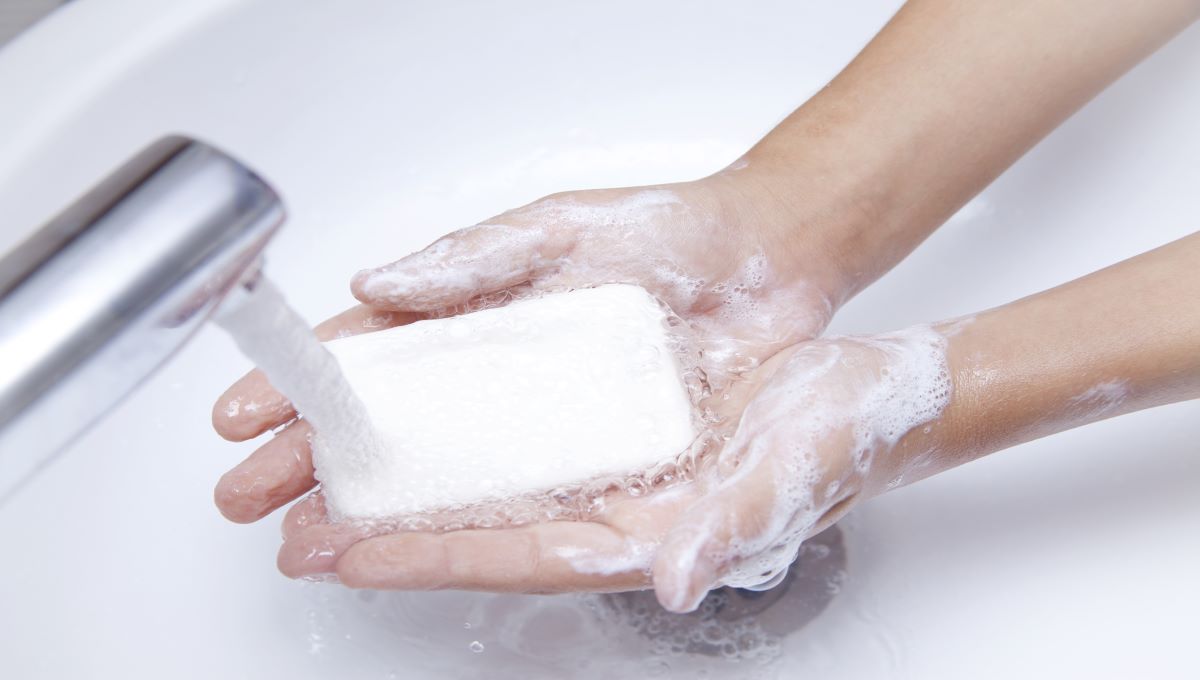Denmark has topped a list of 10 countries when looking at hand hygiene practices during meal preparation.
The rank of countries regarding proper hand hygiene practices was: Denmark, Greece, Norway, Romania, Hungary, Germany, UK, Portugal, France, and Spain, according to a study published in the journal BMC Public Health.
Objectives were to evaluate which demographic groups are more likely to be exposed to foodborne pathogens and assess consumers’ self-reported hand hygiene practices.
Families with members aged over 65 were less likely to apply hand hygiene practices at key moments than those without elderly members. Families with children under 6 years old reported being up to twice as likely to wash their hands at critical times compared to those without kids.
“It is worrying that about half of the respondents seem to have insufficient handwashing routines to protect themselves and their family members from foodborne infection,” said researchers.
Not washing hands for long enough
Monitoring handwashing practices can be done by observation or video recording, by measuring soap consumption or in self-reported surveys. All these approaches have strengths and weaknesses, said scientists.
Questions used were part of a larger survey conducted between December 2018 and April 2019 in the European Safe Consume project.
Almost half of 7,866 respondents self-reported that they wash hands after touching raw chicken. Half of the participants washed hands with soap, however, only 15.1 percent respected the recommended duration of 20 seconds. It is advised people sing the Happy Birthday song twice to hit this time target.
High percentages of self-reported handwashing were noticed after going to the toilet and after touching something that may harbor pathogens. Only three quarters wash hands after touching raw meat or eggs.
More than half of 9,966 respondents self-reported washing hands with water and soap, as is recommended by official agencies.
Older respondents above 35 years of age were more likely to report proper hand hygiene practices than younger people. Those with a middle/high level of education were almost three times more inclined to report adequate hygiene practices at key moments, including during raw chicken preparation.
Handwashing and specific practices
The likelihood of washing hands after handling raw chicken was more than 60 percent for Danish respondents. Similar results were found for British, Greek, and Norwegian citizens.
After touching raw chicken, only 294 of 916 British respondents said they wash hands with regular soap. However, the highest frequency of washing hands for at least 20 seconds was for British respondents, while the lowest percentage was for Hungarians.
Percentages reporting handwashing after touching or feeding animals ranged from 51.3 in Denmark to 69.4 percent in Hungary.
Brits, Greeks, and Romanians were more likely to use antibacterial soap. Romanian and Greek respondents had the highest frequencies in terms of duration of handwashing.
(To sign up for a free subscription to Food Safety News, click here.)

